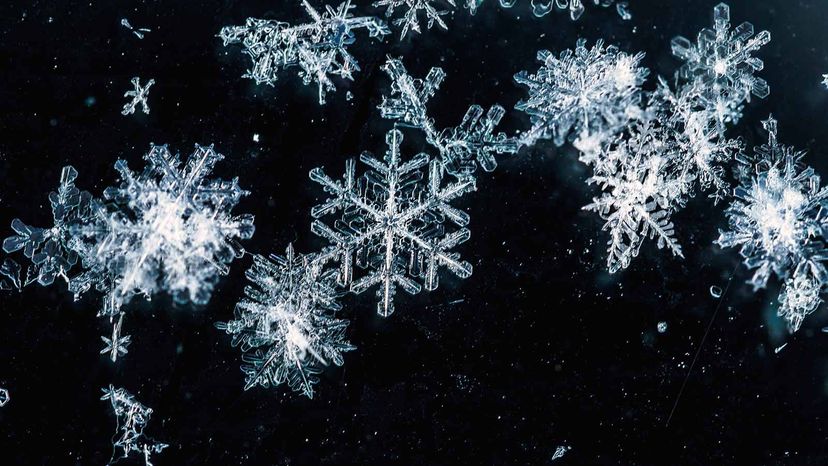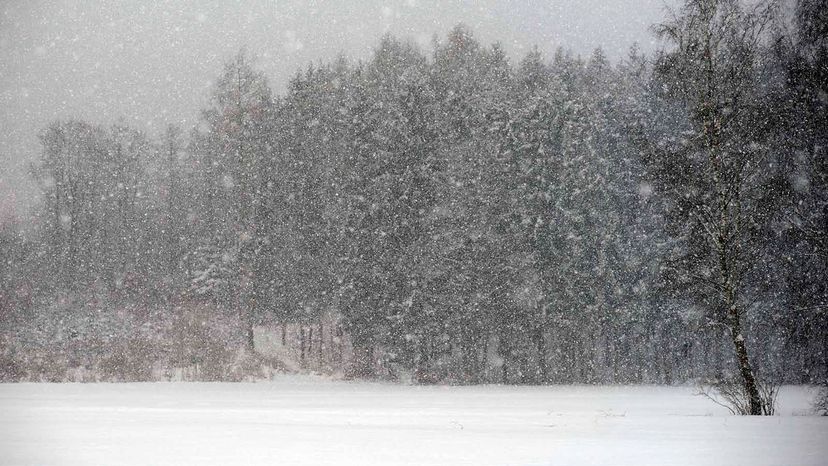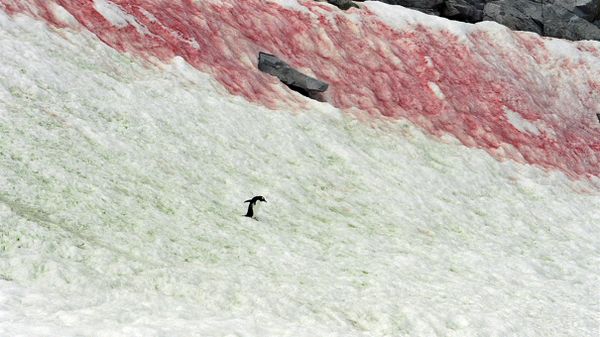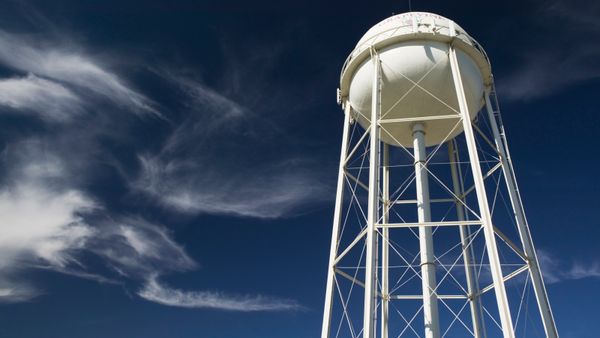
The next time you're catching one with your tongue, you might stop to consider the long and arduous plight of the snowflake. Those delicate and intricate crystals have traveled many miles before they plummet to the ground alongside their trillions of cousins. And although they fly in multitudes, the word on the snow-slicked street is that no two of those little flakes are alike. Can every snowflake really be different?
The short answer is yes, every snowflake really is different from one another. You might find some that are exceedingly similar (particularly at the beginning of a flake's development) but fully formed snowflakes are indeed structurally different, if only by tiniest of degrees.
Advertisement
Understanding why snowflakes take unique forms means understanding how they're formed in the first place. It all starts at Earth's surface, as water evaporates from oceans, rivers and lakes and rises into the atmosphere in the form of gaseous water vapor, which we sometimes see as clouds.
In summertime, those clouds drift around the skies, providing shade and breaking up the blue horizon. But in winter, things change. Cold air forces molecules of water vapor into little liquid droplets that condense onto any nearby particulate matter, such as pollen or dust. These tiny ice crystals are the baby versions of what soon become full-grown snowflakes.
The crystals float through the sky and collide with molecules of water vapor. As vapor contacts the crystals, the water vapor skips straight from its state as a gas straight to a solid crystal, adding to the original nucleus of the snowflake. This process happens over and over again, building the snowflake from a nearly imperceptible crystal into a larger flake that, given the right conditions, falls to the ground.
Knowing all of this, it may still be difficult to believe that in a sky full of snowflakes no two are alike. Next you'll see how the flake-making process practically ensures that these little crystals are all unique, even when they fall by the billions.
Advertisement



